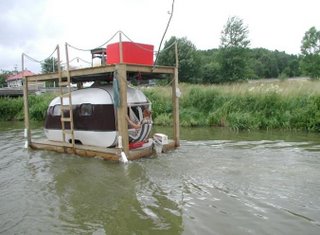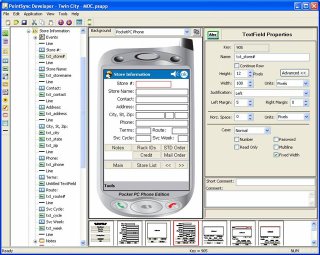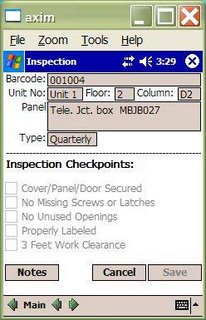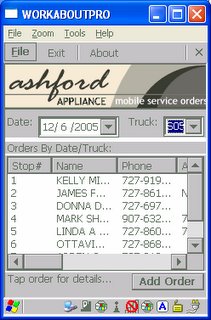Today at the 2006 Geneva International Motor Show, Microsoft Corp.'s Automotive Business Unit introduced
Windows Mobile for Automotive, a software platform and hardware reference design that helps the automotive industry speed the development of in-car infotainment systems for drivers and passengers worldwide. Concurrently, Microsoft and Fiat Auto Group unveiled Blue&Me, the first in-car infotainment system based on Windows Mobile for Automotive.
Blue&Me allows motorists to use voice commands and a push-to-talk button to operate their mobile phones, digital music players and other devices in a safer, more convenient manner in the car. The system supports hands-free communication for more than 140 types of mobile phones via a Bluetooth connection, and through a Universal Serial Bus (USB) port it can connect with a wide variety of personal music players and other devices. The software is upgradeable, so it can be refreshed to accommodate consumers' changing needs supporting future devices and new industry standards. The system supports nine languages and is available to drivers and passengers throughout Europe in the company's Fiat Grande Punto, Alfa Romeo 159, Alfa Romeo Spider and Alfa Romeo Brera models.
"The digital lifestyle is about staying connected with people and information, and enjoying digital entertainment, wherever you are — even in the car. Working with Fiat we have delivered automotive-grade systems that extend the digital lifestyle into the car at a price that is affordable to most car buyers," said Robbie Bach, president of the Entertainment and Devices Division at Microsoft. "Windows Mobile for Automotive provides performance, reliability and flexibility for a new generation of in-car communication and infotainment solutions." "By partnering with Microsoft, we've been able to design, test and deliver a new in-car infotainment system to market in less than two years," said Giuseppe Bonollo, vice president of Product Portfolio Management at Fiat Auto. "We look forward to offering similar Microsoft-powered systems to our customers in every new Fiat, Lancia and Alfa Romeo model over the next few years." Microsoft Windows Mobile for Automotive provides the industry with an open, standardized platform for in-car infotainment system development. Automakers developing in-car infotainment systems using the platform can tailor functionality for specific models or desired price points. For example, a navigation system in an economy car might only provide voice prompts and a heads-up display, while a luxury model may offer a full-color LCD display featuring maps and real-time traffic information. As a result, Windows Mobile for Automotive helps the industry achieve the following: — Fast time to market. Manufacturers can move quickly to market with a standards-based, ready-to-install electronics gateway that gives consumers hands-free digital access to cell phones, music and information in their cars. — Low development costs. Windows Mobile for Automotive frees OEMs from the need to develop proprietary software - with its associated high development costs. This entry-level solution is based on a familiar Microsoft programming model and supports industry standards for reliability, power consumption and temperature variations. — Flexible implementation. Available in two versions, Windows Mobile for Automotive can easily be tailored to meet automakers' needs across a variety of models, vehicle types and price points. Because the software is upgradeable, support for new devices, applications and industry standards can be added to increase functionality for drivers and passengers over the life of the car. Software upgrades can be easily deployed by the dealer via the wireless connection or USB port.
 Inspection services is a very popular category for MobileDataforce. We have hundreds of end users who are using our mobile software solutions to do facilities inspections, asset management inspections, quality assurance inspections, pharmacy inspections, animal inspections and more.
Inspection services is a very popular category for MobileDataforce. We have hundreds of end users who are using our mobile software solutions to do facilities inspections, asset management inspections, quality assurance inspections, pharmacy inspections, animal inspections and more.





